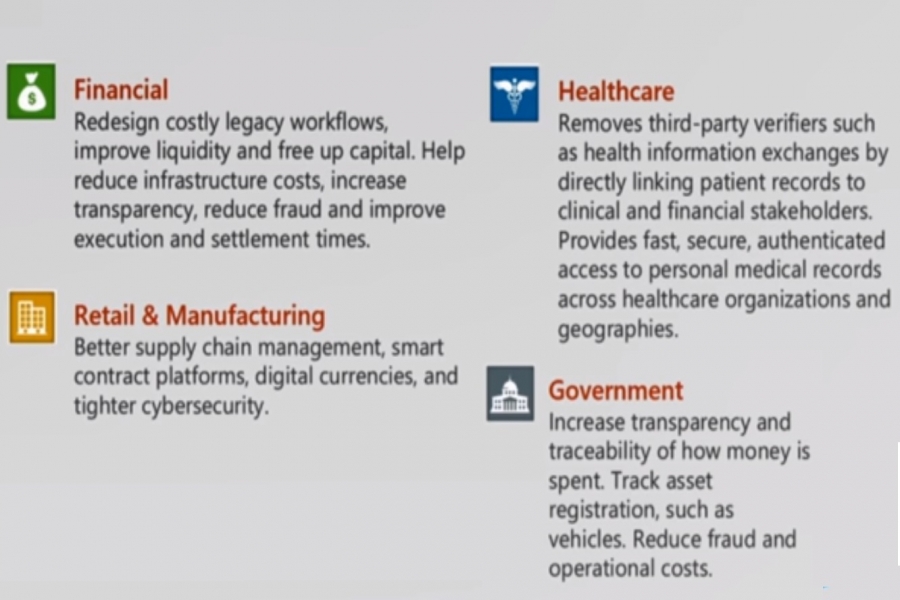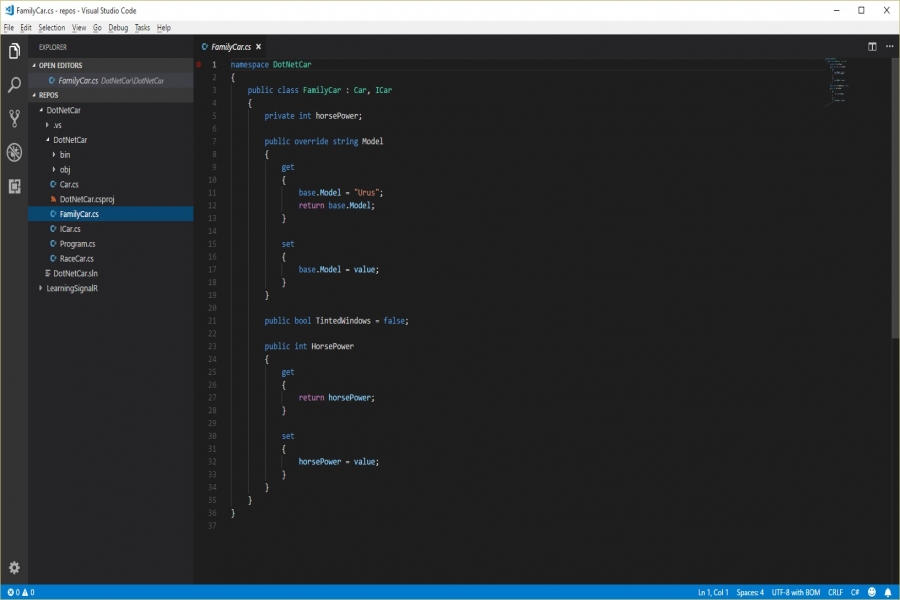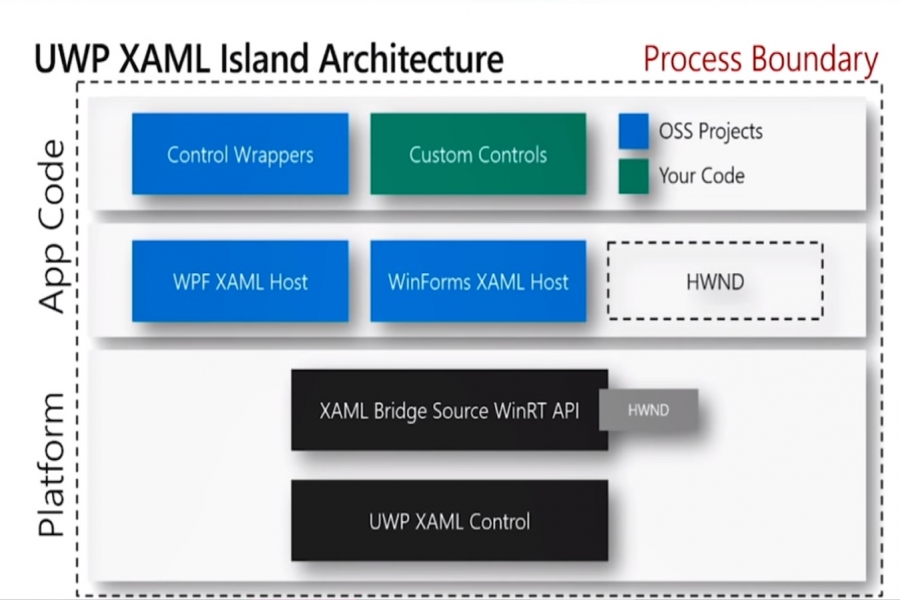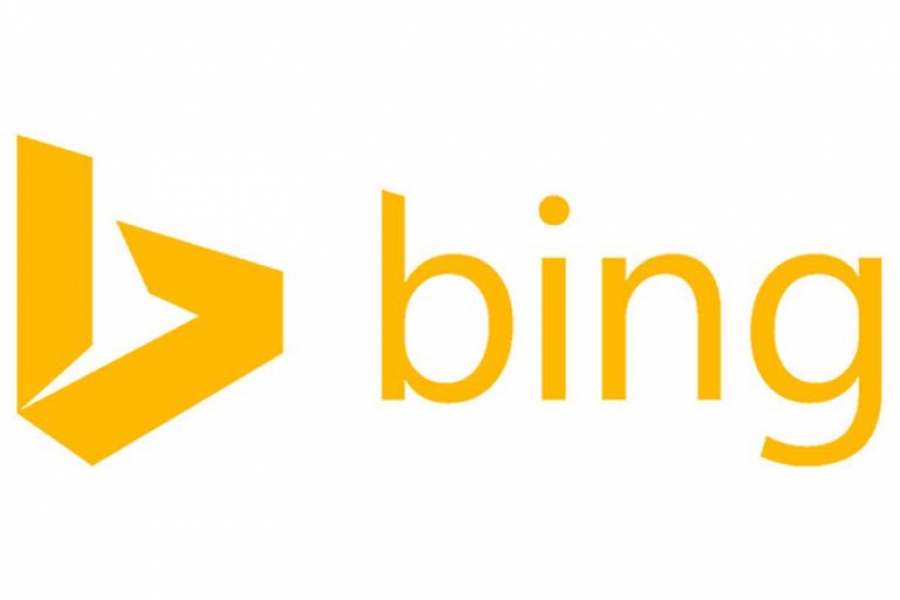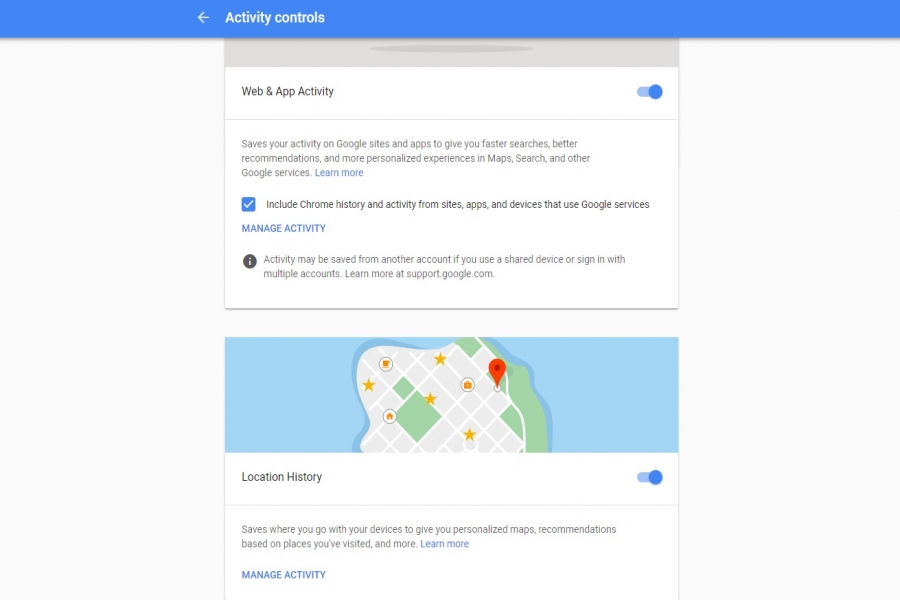Blockchain is the technology that forms the backbone of any cryptocurrency. The first ever blockchain came into existence in 2009, when Bitcoin was invented. However, since then, many more use cases other than cryptocurrency were found for blockchain.
The technology allows a secure transfer of ownership of digital assets between parties without involvement of any centralised authority or a middleman. At the core of any blockchain technology, this is achieved by a combination of asymmetric encryption and cryptographic hashes. Any transfer of ownership is recorded on a publicly available ledger, which contains the history of all transactions. This ledger is automatically shared with all nodes on the network.
Asymmetric encryption is achieved by the combination of public and private keys. The cryptographic algorithm ensures that only the private key can decrypt a message encrypted by the public key from the pair and vice versa. This provides the proof that the message came from an authorised entity. Private key is owned by an individual node and is never shared. While it is possible to determine what the public key from the private key, determining private key from the public key is impossible.
Cryptographic hashes act as a signature during the transfer of digital messages. Hashing algorithm turns the message into a string of 64 hexadecimal digits, which is known as hash. It is purely a one way process. It is impossible to generate message from the hash. Being only 64 digits long, it implies that the same hash can be produced by a number of completely different messages.
The same message is guaranteed to produce the same hash. However, changing even one character in the message produces a completely different one. Therefore, the hash signature tells the recipient if the message has been tampered with in any way while being in transit. All the recipient has to do is run the message through the standard hashing algorithm and verify that it produces the same hash as its signature.
While asymmetric encryption and hashing ensure that all transactions are secure, the fact that the record of the transactions is shared between all participants of the network ensures that nobody can make a fraudulent claim of ownership. As there isn't just a single place where the records of transactions are kept, there isn't a single point of failure in the system. This is what makes blockchain secure without any centralised authority.
Although the usage of blockchain outside crypto currency is being implemented slowly, there is a long list of use cases of the technology in various industries. These include, but are not limited to, credit checks, recording patents for medicines, sharing contracts between semi-trusted organisations, ensuring compliance with regulations, etc.. The common feature in all of these scenarios is that the technology allows sharing of sensitive information at a low cost without any centralised hackable repository or a middleman.
To make it easier for organisations to adopt blockchain technology, Microsoft has enabled its new cloud-based service: Azure Blockchain Workbench. The tool has been designed in a user-friendly fashion, so even people with no programming experience can use it.
Azure Blockchain Workbench is free to use. However, the users will still be charged at standard rate for using other related Azure resources, such as virtual machines and off-chain storage. Several blockchain technologies are supported by the tool, which include Ethereum and Hyperledger.
For more information, follow this link:
Published by Mobile Tech Tracker
Posted on 3 Jun 2018

